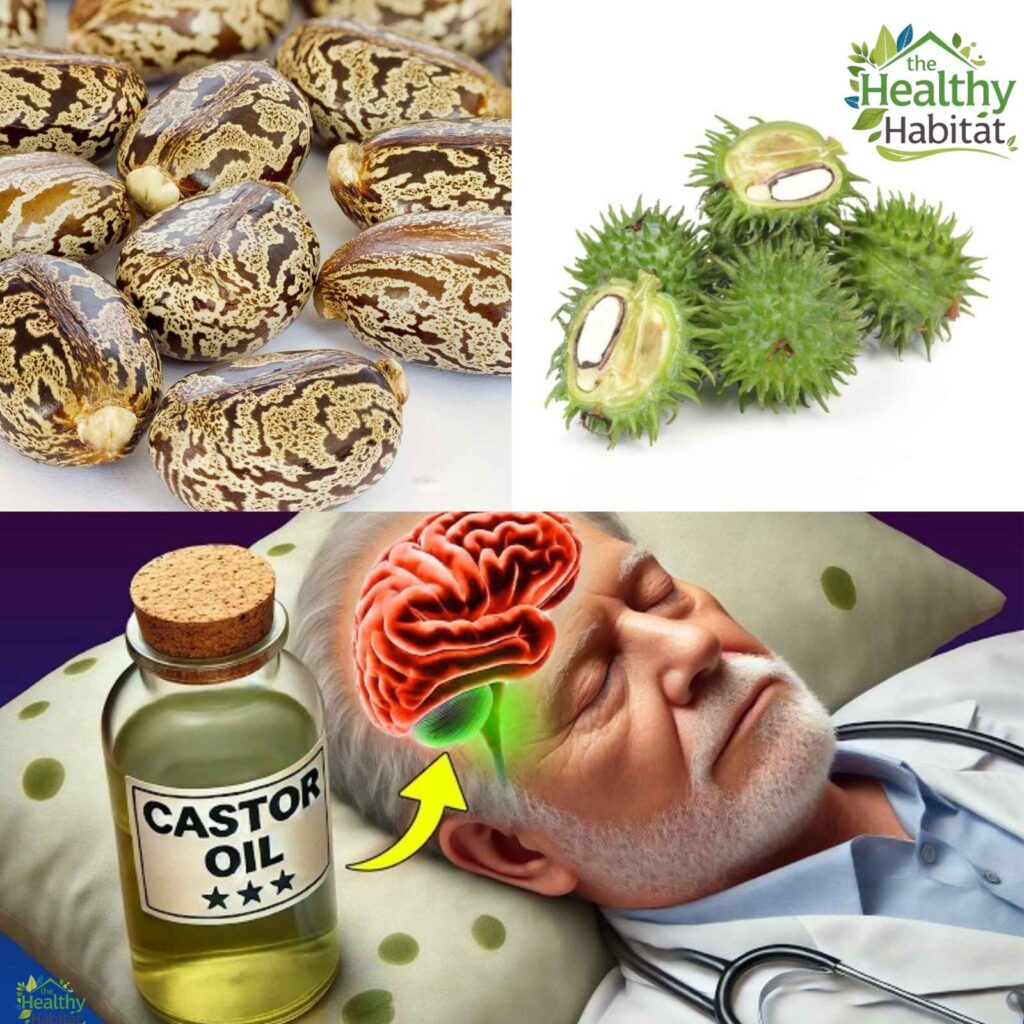
Let me help you create a more comprehensive and scientifically-grounded explanation of castor oil’s effects and uses. Here’s the improved version:
Understanding the Weekly Journey with Castor Oil
Castor oil, derived from the seeds of the Ricinus communis plant, has been used for thousands of years in traditional medicine. Modern science helps us understand how this remarkable oil works and what we can realistically expect when using it regularly. Let’s explore how castor oil affects our body over the course of a week, examining the science behind its benefits and the best ways to use it safely.
The First 48 Hours: Hydration and Barrier Function
When you first begin using castor oil, its most immediate effect comes from its unique molecular structure. Castor oil contains ricinoleic acid, a fatty acid with exceptional moisturizing properties. This compound helps create a protective barrier on your skin and hair, reducing moisture loss through a process called transepidermal water loss.
During these initial days, you might notice your skin feels more supple and your hair becomes more manageable. This occurs because castor oil’s molecules are large enough to stay on the surface of your skin and hair, creating a protective film that locks in moisture while still allowing your skin to breathe.
Days Three and Four: Enhanced Texture and Appearance
By the third and fourth days, the consistent application of castor oil begins to show more noticeable effects. The oil’s natural compounds help smooth the surface of both skin and hair by filling in microscopic gaps in their structure. This smoothing effect occurs because castor oil’s molecules help align the outer layers of skin cells and hair cuticles, creating a more uniform surface that reflects light better.
For hair, this alignment of the cuticle layer results in increased shine and reduced frizz. On skin, the smoothing effect can help minimize the appearance of rough patches and create a more even texture. This happens because castor oil helps normalize the skin’s natural oil production while maintaining proper hydration.
Days Five and Six: Supporting Skin Renewal
During this period, castor oil’s anti-inflammatory properties become more apparent. The ricinoleic acid in castor oil helps modulate the skin’s inflammatory response, potentially supporting the natural healing process. While it won’t eliminate scars or stretch marks, regular application may help improve their appearance by supporting the skin’s natural regeneration processes.
The oil also contains vitamin E and other antioxidants that help protect skin cells from oxidative stress, supporting overall skin health. These compounds work together to create an environment that promotes healthy cell turnover and repair.
Day Seven: Supporting Hair Health
By the end of the week, you may notice changes in your hair’s condition. While castor oil cannot actually speed up hair growth (which is determined by genetics and overall health), it can create optimal conditions for healthy hair growth. The oil’s nutrients nourish the scalp and hair follicles, while its protective properties help prevent breakage and split ends.
Optimal Application Methods
For Skin Care:
Begin with clean, slightly damp skin to enhance absorption. Mix one part castor oil with two parts of a lighter carrier oil like jojoba or sweet almond oil. This dilution helps prevent the thick castor oil from clogging pores while maintaining its benefits. Apply this mixture in gentle, circular motions, focusing on areas of concern. For best results, use this treatment in the evening to allow the oil to work overnight.
For Hair Care:
Create a mixture of one part castor oil to three parts coconut or argan oil. This combination provides the benefits of castor oil while ensuring easy application and removal. Section clean, damp hair and apply the mixture from roots to tips, paying special attention to the scalp. Leave the treatment on for at least two hours or overnight, then shampoo thoroughly using gentle, sulfate-free products.
Important Considerations
While castor oil offers many potential benefits, it’s important to understand its limitations and use it safely:
Always perform a patch test before regular use to check for sensitivity
Start with diluted applications and adjust based on your skin’s response
Be patient – visible results require consistent, long-term use
If using internally for digestive purposes, consult a healthcare provider first
Those with sensitive skin or scalp conditions should seek professional advice before use
Understanding the Science of Success
The benefits of castor oil come from its unique chemical composition: high levels of ricinoleic acid, vitamin E, omega-6 and omega-9 fatty acids, and minerals. These compounds work together to support skin and hair health through multiple mechanisms: moisture retention, anti-inflammatory effects, and protective antioxidant activity.
By approaching castor oil use with realistic expectations and proper application methods, you can maximize its benefits while maintaining healthy skin and hair. Remember that individual results may vary, and consistency is key to seeing improvements in skin and hair condition.